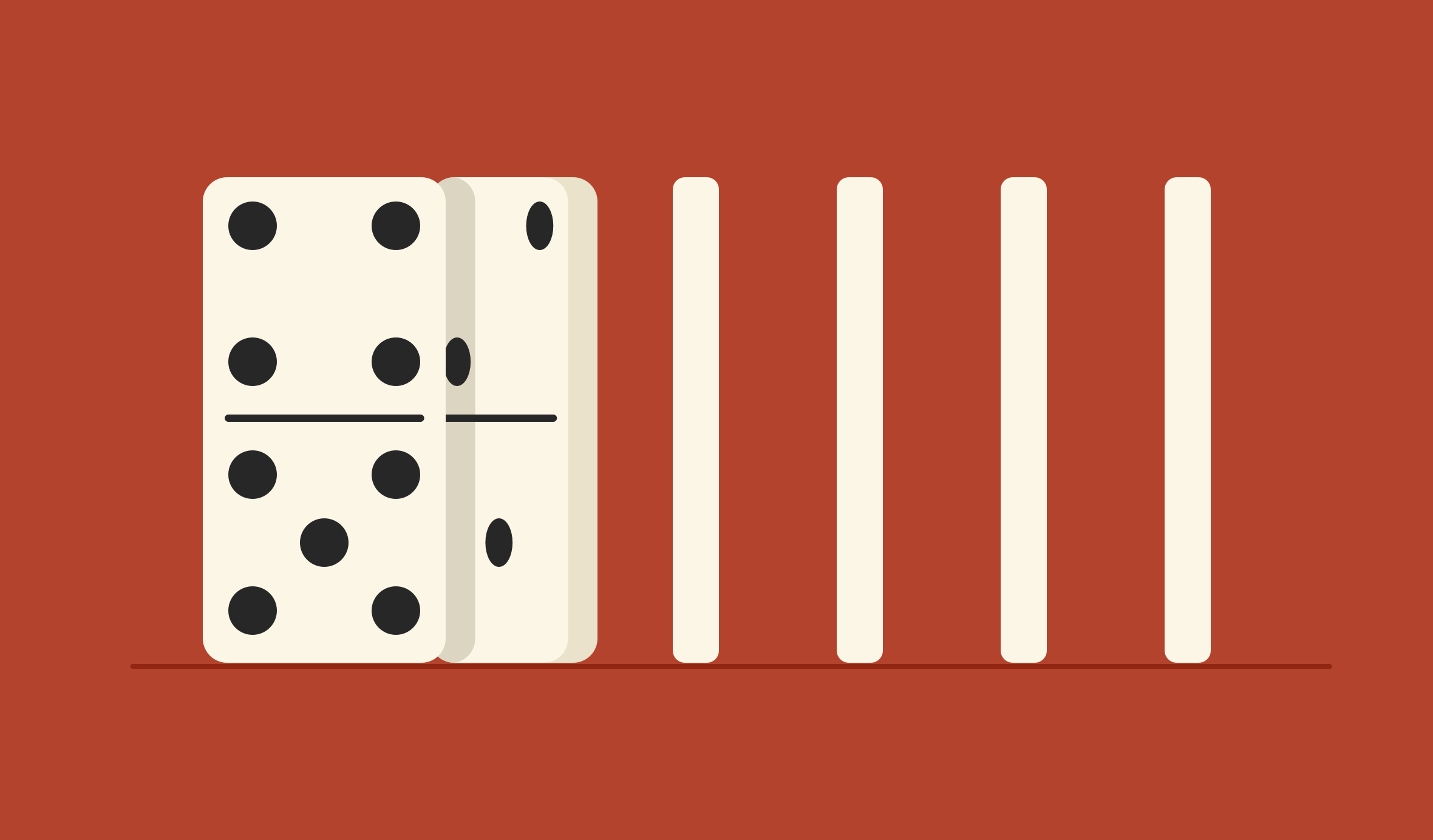UX Training: How to set your UX team up for success

Companies are learning that to get great results from their products and services they have to invest in UX training. Training that builds a long-term UX mindset pays off in better and faster results that last over time.
But if you’re a design leader looking to build your internal UX team, where do you start with training?
Team training courses are often offered as one or two-day workshops. These are great for a general overview or kick-off, but what happens after the workshop is over? How do you ensure your team is putting those principles into practice? How can you measure their progress over time?
Step 1: Start with a team UX assessment
It's important in any profession to track where you are so you can measure your progress over time. This is especially important when it comes to building and managing a UX team.
Technology is always evolving, as are the skills needed to keep up with it. What doesn’t change are the 12 competencies of UX design. To build a strong UX team, you want to be confident your team is sound in these fundamentals. And you want to have a plan for constant improvement in the areas where your team members need the most help.
When we create a training program for clients at Drawbackwards, we start with a thorough assessment. It measures each member of the team’s existing capabilities in all 12 core competencies.
First, we have a team leader or mentor complete an assessment for each individual team member. They rate each person based on where they are today in each core competency. Then, they rate how much they think each person needs to improve in those areas.
We then compare these numbers with a self-assessment taken by each team member. The self-assessment asks each person to tell us their level of interest in developing each core competency. We then combine the scores into a composite “potential” score for each team member. These scores give us a prioritized list of the competencies that are most important to each individual and across the entire team. From there, we can create a custom training and mentorship program and we can measure future progress and growth from these baselines.
Step 2: Conduct team UX audits and design reviews
There’s a reason sports teams spend a lot of time in film reviews of their games and practices. Experience is the best teacher. Taking time to analyze your experiences helps those lessons settle in deeper.
We conduct UX audits and design reviews as a regular service for clients. But we also use these in our training. We like to pull teams together to audit and review their own work as a group.
This helps them develop a shared understanding of how they can improve as a team. It also helps each individual see how their personal growth contributes to the bigger picture.
Step 3: Measure your progress and iterate
You want your team members to invest in their own development into UX design leaders. The key to that is showing them how they’re progressing and motivating them to build on their successes.
We do this by re-assessing team members based on their initial “potential” score and setting new goals based on their progress. It’s up to the team and the individuals to determine where they need to focus their efforts.
We like to offer teams a series of potential topics at each review point so they can make their top choices based on where they are today. At the same time, we use the insights gained from UX audits and design reviews to call out practical skills they need to refine.
This gives us the opportunity to help teams identify the soft skills that will help them become effective UX evangelists for their organizations, while not losing sight of the technical skills needed to get the job done.
Looking to build a highly effective UX team but don’t know where to start?
It can be tough to figure out how to efficiently build the competency and skills your internal UX team needs, especially if you’ve never done it before. We have the expertise and training experience to show you the way.
Carving out UX team roles and responsibilities is often the first task managers and leaders try to tackle in a hectic and fast-paced environment. But how can you do that if you haven’t first assessed your team’s UX skills to know their strengths and weaknesses?
We’ve helped UX teams gain the skills they need while continuing to create successful products. Take a look at our approach to training and mentorship and let’s talk about how we can help you build a team of UX design leaders that will guide you and your company to long-term success.